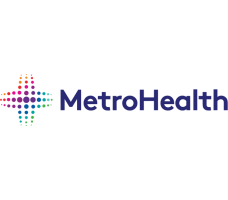Emerging Insights captures the real-time ideas, strategies, and solutions Health Evolution Fellows and guest experts surface through the dynamic, cross-industry conversations happening among C-suite executives and thought leaders in the Forum Roundtables.
From breakthrough innovations to bold leadership approaches, these insights reflect what’s top of mind for decision makers as they navigate complex challenges and shape the future of health care. Informed by the lived experiences and lessons of leaders across the ecosystem, Emerging Insights offers a window into the collaboration that’s driving industry progress.
Updated regularly, this collection is designed to inform, inspire, and spark continued innovation.
Explore what’s emerging—and what’s ahead.





































